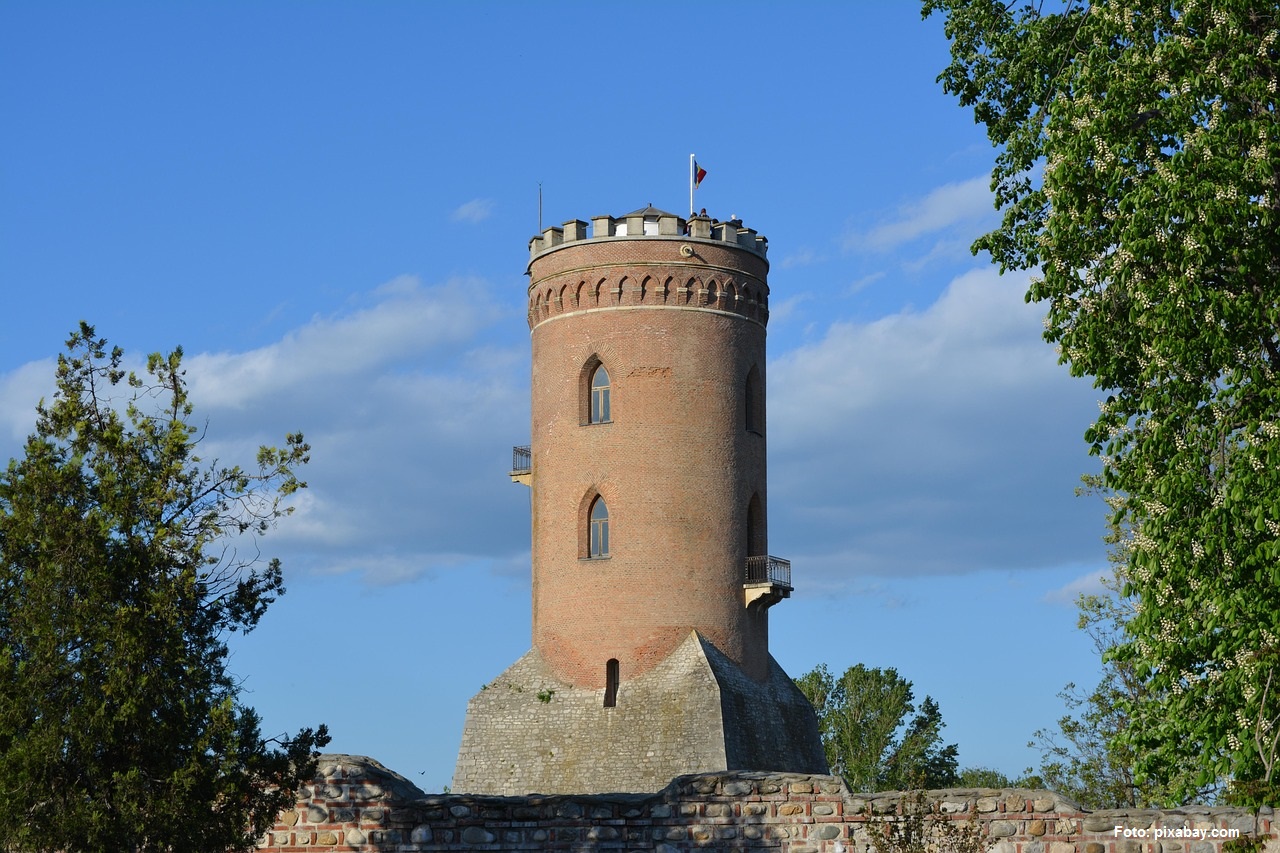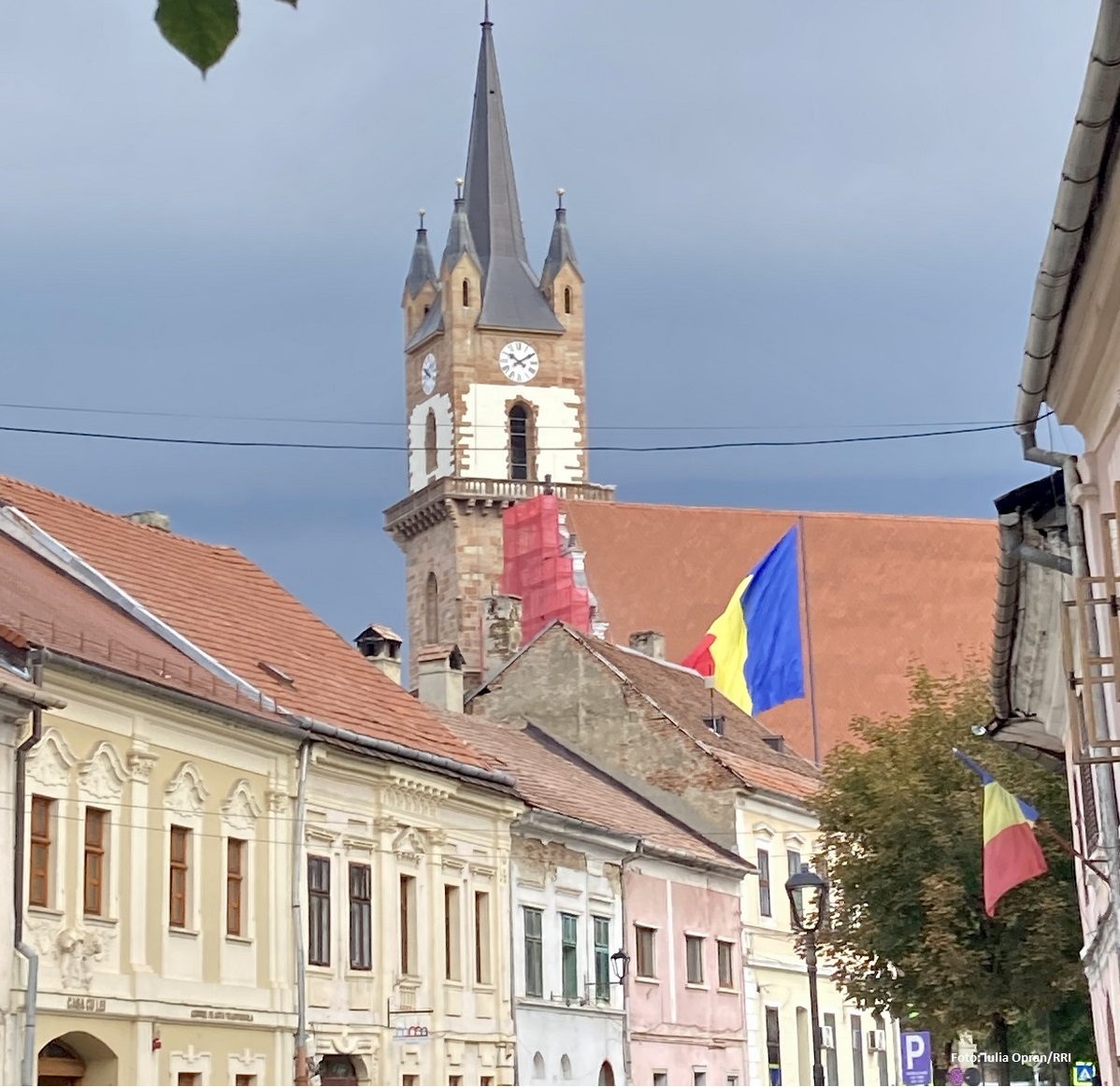Holiday in the countryside
In the past ten years, rural tourism has developed significantly in Romania

Daniel Onea, 09.03.2017, 14:02
Each of the country’s regions now boasts guesthouses built in the traditional style, as well as local customs and crafts that have been promoted at a growing pace through festival and events. A holiday spent in a Romanian village is a special experience for tourists, says Cristian Catana, a PR officer with the National Rural Ecological and Cultural Tourism Association known as ANTREC.
Cristian Catana: “There are many places in the country where tourists can experience genuine Romanian customs and traditions. We can start in Transylvania with a brunch in one of the Saxon fortresses in Crit or Viscri. A parish house there was turned into a guesthouse, where tourists can take part in crafts and learn about the uniqueness of local cuisine. Next would be a tour of the fortresses of Sighisoara, Rupea, Viscri and Saschiz. If tourists are interested in the Romanian Black Sea Coast, then we recommend first a tour of the Danube Delta for bird watching or a visit to the local Lipovans, ethnic Russians, who are known for the pleasant way in which they greet their guests. We personalize our recommendations in keeping with tourists’ preferences.”
Many of the tourists who have visited Romania have been highly impressed with the items made by local craftspeople. Obviously, the best place to meet the craftspeople is in their own villages, and according to Cristian Catana, villages have indeed turned into a favourite destination for tourists.
Cristian Catana: “We can be proud that over the past five years we’ve had a constant increase of 5 to 13%, whether we speak about classic destinations such as Bran, Moeciu, Fundata and Sirnea or less known ones, such the Covasna area, where rural tourism has developed significantly. The Gorj region is also representative thanks to its rural constructions. It’s worth mentioning the interest that travel agencies show in this respect, by providing tourists with personalized offers, such as visits to the craftsmen’s homes. In the Rucar area, in Arges county, handicraft workshops are being held occasionally, mostly at weekends, for Romanian and foreign tourists. Also, in Maramures and Cluj workshops are being held to pass on local tradition. Old craftsmen are teaching tourists and students with the Arts University how to make certain objects.”
In the western region of Banat, and even in Oradea, Satu Mare and Alba regions, traditions are promoted through modern means, according to Cristian Catana.
Cristian Catana: “There are programmes and maps that can be used on smart phones. Tourists can opt for a map of the living museums, whether it’s about accommodation in old traditional facilities or gastronomy. There are special programmes from May to November, when guesthouse owners are less busy. We have special offers that include five nights plus one free night or one free lunch. Thus we try to keep rural tourism lovers as close as possible. Many of them are interested in special programmes such as Holidays at the Countryside, organized in May-June and October-November. We collaborate very well with both domestic and foreign tourist agencies and tour operators.”
For instance, for the northern region of Bukovina there is a calendar of events, usually centralized by the National Tourism Information Center, available online, as we found out from university lecturer Carmen Chasovschi, representing the Save the Bukovina Village Association. This is an organization that works to blend the old with the new, convinced that the old is not something to be discarded, or that the new is better. They work on the principle that to build does not necessarily mean to tear down.
Carmen Chasovschi: “People who want to take part in these rural events are invited to the Trout Festival, or to the Mushroom Festival in Vama. There are several spectacular events. I see Maramures and Bukovina as sister regions. They are similar for several reasons, due to their traditions and their being so rooted in the past, for better or worse. When I say worse, I am thinking of the cultural landscape, the traditional wooden houses, which are disappearing fast. As for accommodation in such traditional houses, adapted to receive tourists, here in Bukovina we have that. We want to promote intensely this idea over the next few years, precisely to prevent the demolition of old, traditional houses. We want to suggest to owners that they can develop them and adapt them for accommodating tourists.”
Nicolae Marighiol represents the Most Beautiful Villages in Romania Association, who says that all these aspects are well known:
Nicolae Marighiol: “In 10 or 20 years we may become Europe’s main travel destination in terms of rural, agrotourism and ecotourism. We have three villages in three counties, Carlibaba, Dragus, and Polovragi, which have been recognized by the European Commission as top tourist destinations. These are villages with accommodation for tourists that preserve their traditions, customs, traditional architecture, dances and traditional garb. These places are full of life, drawing their strength from their heritage.”
Cristian Catana, PR head of the National Rural Tourism Association, told us that in 2016 the countries that had the most tourists visit Romanian villages were Austria, Germany and France. The French prefer the wine tour in Buzau and Prahova counties. By the same token, Austrians and Germans are more interested in the Saxon culture and the noblemens mansions in Transylvania.






























